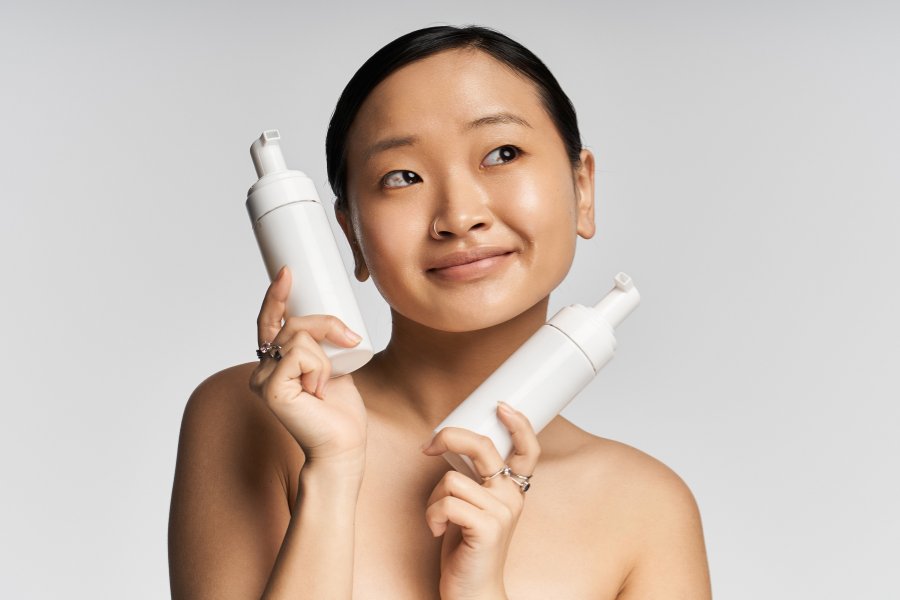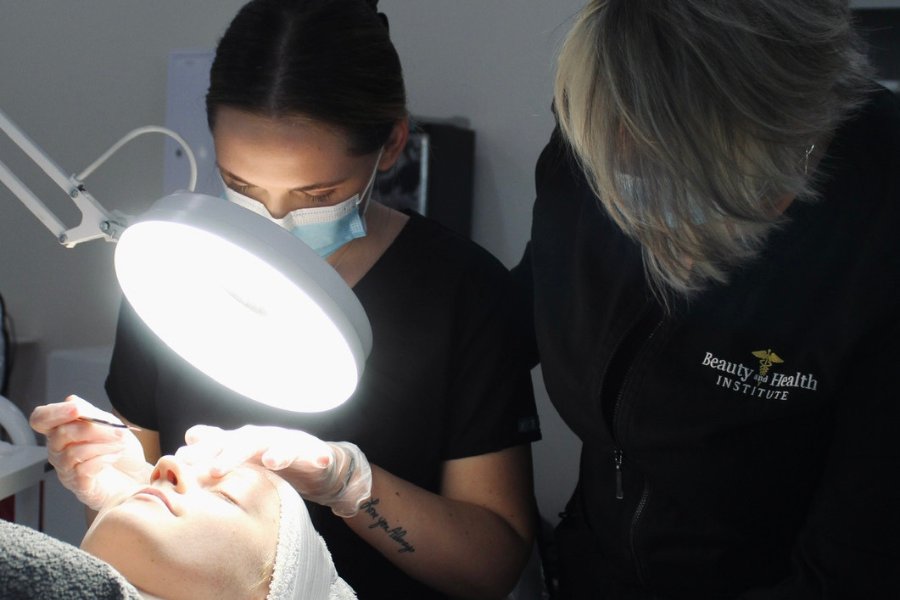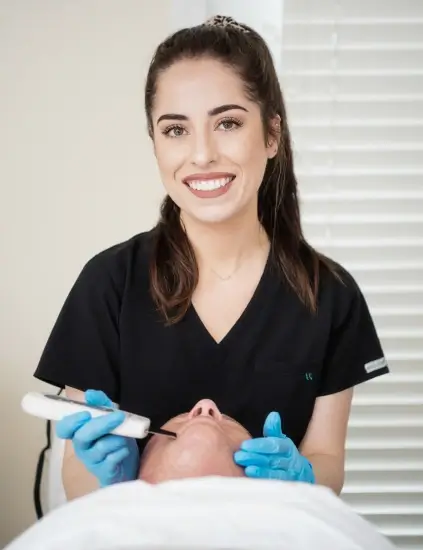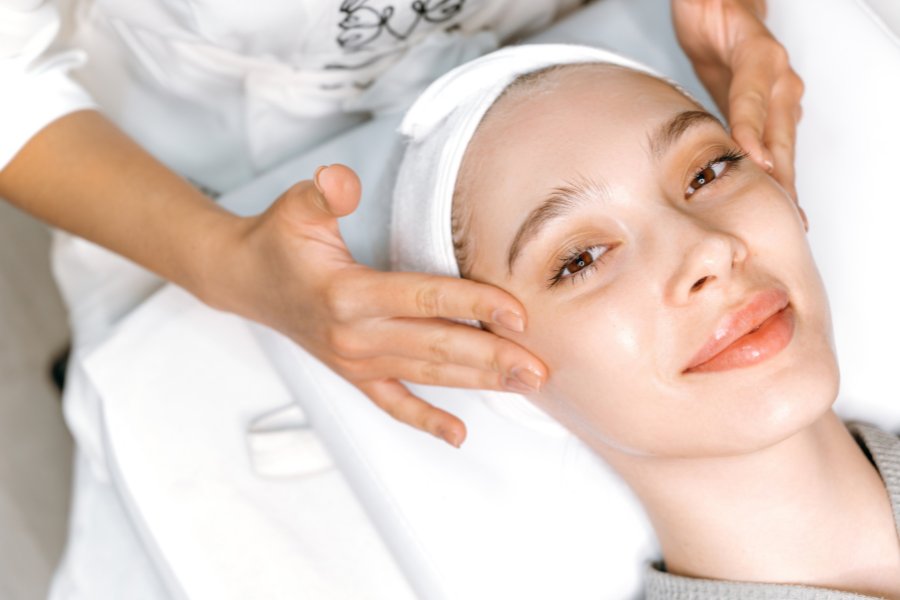We’ve been noticing a new trend in Tampa lately, and it’s called skin cycling. Honestly, it’s one of those things that makes sense once you see it in practice. Rather than doing everything at once or piling on products every night, it’s about giving skin time to work and time to rest.
At Beauty and Health Institute, we talk about this a lot with students because it’s exactly the kind of thing they’ll see in clinics and medspas when they start working. Understanding skin cycling isn’t just about knowing the steps, it’s about thinking like a facial skincare professional.
What Skin Cycling Actually Is
Skin cycling is pretty simple in theory. You rotate your treatments instead of using every active product every night. Retinoids go one night, acids another, and you throw in a night where the skin just gets basic care, such as hydration from water or moisturizer, or just a clean face. That night of recovery is actually when a lot of the magic happens. The skin repairs itself, builds resilience, and is ready for the next active night.
For students, this is a good reminder that results don’t come from overloading the skin. Part of our training focuses on understanding the why behind every step. Once you get that, it’s easier to design routines that actually help clients instead of causing irritation.

Skin cycling was originally popularized by Dr. Whitney Bowe, a dermatologist who highlighted the importance of balancing active skin treatments with recovery periods. Since then, it has reshaped how skincare is taught and practiced. At Beauty and Health Institute, we see it as more than a routine, but a lens for understanding the skin. It reminds us that results come from observation, timing, and respect for the skin’s natural processes. For students, learning skin cycling is a mindset that informs every treatment.
Why Tampa is a Unique Spot for Skin Cycling
As we all know, Tampa skin really takes a beating. Between the sun, the humidity, and a lot of clients who work outdoors or deal with air-conditioned offices, skin can get sensitive so fast. That makes constant, heavy skin treatments a bad idea. Skin cycling gives the skin a chance to keep up.
Another thing we see is that clients are curious. They read ingredients, ask questions, and want to know why they can’t just “do it all every night.” Skin cycling is perfect for that. It’s structured, but it makes sense. Students learning this see firsthand how to explain these routines in a way that clients understand and trust.
How Skin Cycling Looks in Practice
The first thing you do is a proper assessment. You need to know the client’s skin history, what they’ve reacted to in the past, and what their goals are. That sets the stage for the cycle.
Then comes planning. Some nights are for in-office treatments like peels or serums, some nights are for at-home care, and some nights are just for recovery. Students get to practice designing these schedules, thinking about timing, and adjusting for individual skin types.
Finally, there’s monitoring. You can’t just hand a client a routine and forget about it. You check in, see how the skin reacts, tweak when necessary. Watching and learning this process is a huge part of training because it teaches observation, patience, and decision-making.

Why Students Should Care About Skin Cycling
Understanding skin cycling isn’t just trendy knowledge. It helps you:
- Spot potential irritation before it happens
- Build routines that actually work
- Communicate with clients in a way that builds trust
- Learn to think critically about treatment sequences
Education Meets Trend
Trends like skin cycling are for clients and also opportunities for students to learn. Understanding why it works, when to apply treatments, and how to talk through it with clients gives students confidence. They leave the classroom ready to make informed decisions.
Tampa is seeing skin cycling more and more, and that means students who understand it will be ahead. They’ll know what’s happening in local clinics and be ready to step in with the knowledge and skill to implement it safely. Skin cycling is growing in Tampa because it works for our climate and demands. For students, it’s a chance to see smart treatment strategies in action and learn why timing and rotation matter.
At Beauty and Health Institute, we focus on giving students that hands-on perspective. We want them to see, understand, and be ready for the reality of working in the aesthetics field. Skin cycling is just one trend, but it’s a good example of how understanding the details makes a professional.



